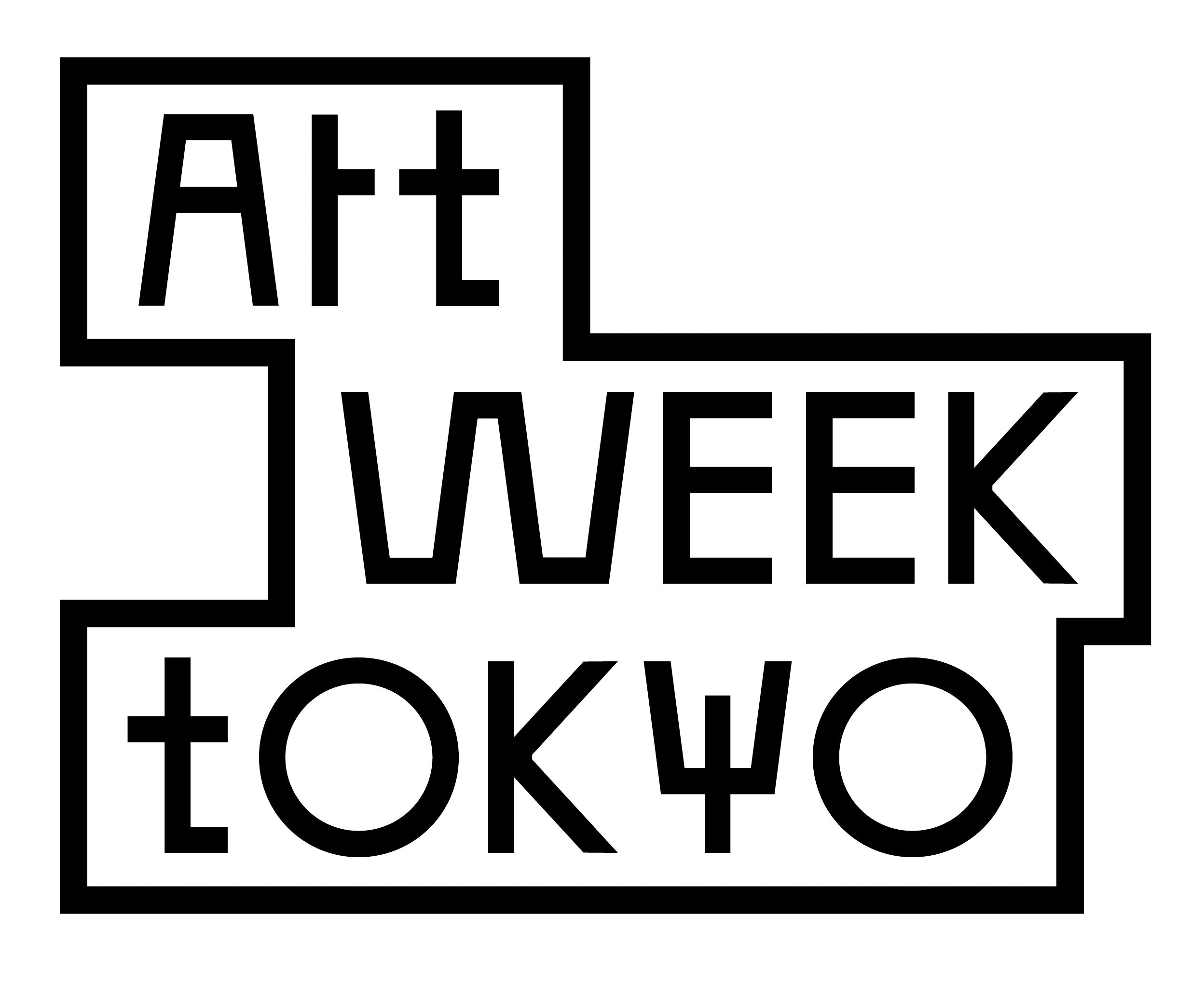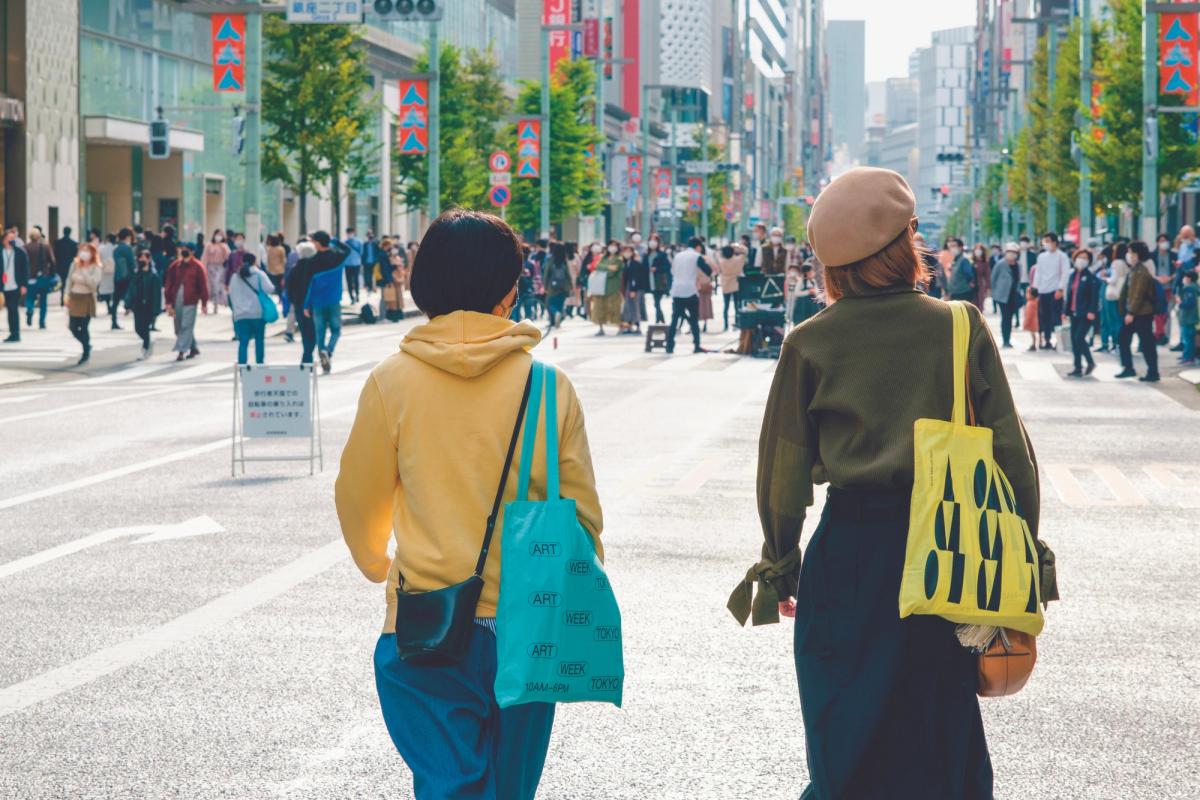"After three years of organising Art Week Tokyo, I have to say that we are blessed with an incredibly rich environment for contemporary art in Japan,” says Atsuko Ninagawa, the cofounder and director of Art Week Tokyo and the owner of Take Ninagawa gallery. “What impresses me with each edition is the breadth, depth and quality of the Japanese art scene, and that’s something I hope we can share with local and international audiences alike.”
Art Week Tokyo’s soft launch in 2021 attracted 20,000 visitors over four days, even with Covid restrictions in place. Last year’s edition, held shortly after Japan reopened its borders to tourism, had an audience of 32,000, including international visitors for the first time.
Highlights of this year’s exhibitions include the Okinawan photographer Mao Ishikawa’s long overdue first museum retrospective in the capital, at Tokyo Opera City Art Gallery. Commercial galleries are putting on shows of established artists who have influenced younger generations in Japan, such as Nobuya Hitsuda, a former teacher of luminaries Yoshitomo Nara and Kyoko Murase, at Kayokoyuki.
There is also the inaugural AWT Focus show, a laboratory for guest curators to experiment with different forms of exhibition-making and fresh interpretations of historical narratives. This new curated sales platform is being led by Kenjiro Hosaka, the director of the Shiga Museum of Art. Exhibiting a diverse array of more than 100 works by 64 artists, Worlds in Balance: Art in Japan from the Postwar to the Present takes place at the Okura Museum of Art, founded in 1917 as one of Japan’s first private art museums.
“We hope that in showing available works in a curated, historical context we can encourage emerging collectors to develop their own long-term vision for art patronage, whether that takes the form of a private collection or, potentially, donations to collecting institutions,” Ninagawa says.
A visible and popular feature of Art Week Tokyo is its free bus service, shuttling between all the participating venues spread across the vast city. Given that the entire event was inspired by the need to connect during the pandemic, organising buses is a vital logistical undertaking and a priority for Ninagawa and her team. (See the back page for the full map.)
“The AWT bus service reflects our commitment to making contemporary art accessible to broad audiences and providing a shared platform for Tokyo’s diverse art scene,” she says. “It allows us to put on a dynamic, decentralised event that brings visitors to the places where art happens.”
Art Week Tokyo’s celebration of “all the great culture that Tokyo has to offer” even extends to refreshments from the gallery hopping. The event’s pop-up bar, designed by the young architect Suzuko Yamada, will offer a special menu commissioned from chef Shinsuke Ishii of the Michelin-starred restaurant Sincere in Sendagaya (see page 7). He is known for an inventive, environmentally conscious approach to food that promises to surprise and delight hungry visitors.
Ninagawa says the idea behind the AWT Bar is to capture “synergies between different creative fields in Tokyo” and encourage people to “engage with contemporary art at whatever level they feel comfortable with—even a talk with a friend over drinks reflecting on the day’s exhibitions contributes to art discourse in some way”.
• Art Week Tokyo runs 2-5 November. See all of our coverage here



